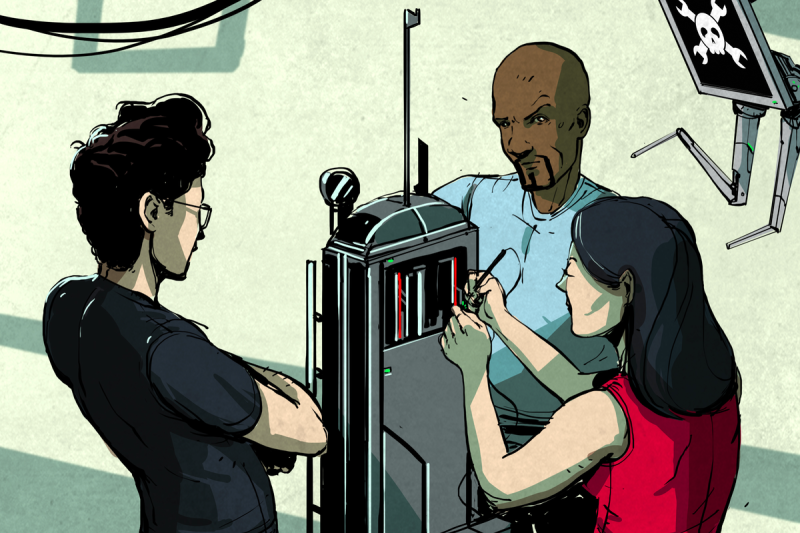
Last week’s Chaos Communication Camp is kinda a big deal: 6,000 hackers all out in a field all need power, food, drink, networking, and of course, sewage in the middle of nowhere. Oh yeah, plus video services on multiple simultaneous stages, custom phone infrastructure, a postal service, and even a diesel train. How is that even possible to run with only volunteers? How do they even know how to run something this scale?
My wife asked me this question while we were driving up to Berlin, and the answer is of course the same as it is to “Excuse me, can you tell me how to get to Carnegie Hall?” Practice.
But it’s not just practice. It’s also passing down the lessons learned to the next generation, making procedures that are not 100% dependent on the people doing the jobs, but can be passed on to the next volunteer willing to pick up the torch.
And then I was interviewing [Jens Ohlig] and [Mitch Altman] about the early days of the second wave hackerspaces in America for the podcast. (Some great interviews – go check it out!) The central story there is essentially the same: the critical missing ingredient that lead to the blossoming of US hackerspaces was simply a set of instructions and design principles – drawing on the experience of established hackerspaces.
Sharing information is a fundamental cornerstone of the hacker ethic, and it gives the next hacker a leg up. Contributes to the global hive mind. And it makes things possible that would otherwise seem impossible. Pushing the hacker state-of-the-art is what Hackaday is all about, and we’re used to thinking of it in terms of a particular microcontroller library, but seeing how the same sharing makes impossible logistics possible was inspirational. Don’t be afraid to start small and iterate – and take good notes.
0 Commentaires